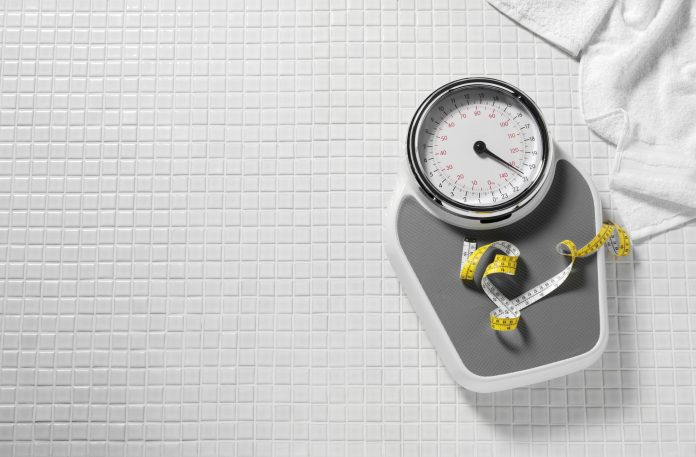
Researchers from the University of Kent have identified a link between a biorhythm in human primary teeth and weight gain in adolescence.
A research team at Kent’s School of Anthropology and Conservation has found that the biorhythm in the primary ‘milk’ molars (Retzius periodicity [RP]) is related to aspects of physical development in adolescence.
The team led by Dr Patrick Mahoney discovered that a faster dental biorhythm led to less weight gain in adolescence. The research was published by Nature Communications Medicine and is the first of its kind.
How biorhythms are measured
RP is formed through a circadian-like process that occurs at a repeat interval and can be measured with a resolution of days. The rhythm relates to the period where tooth enamel forms and is consistent within the molars of individuals who do not show signs of developmental stress. The modal RP for a human is around seven days but can vary from five to 12 days.
The results were found by analysing the exfoliated molars (teeth that have naturally fallen out) of 61 participants. The RP was calculated for each participant’s tooth and compared to that individual’s weight and body mass index (BMI).
The study found that adolescents with a faster biorhythm (five or six-day cycle) weighed less, gained the least weight, and had the smallest change to their body mass index over 14 months, whereas those with a slower biorhythm (seven or eight-day cycle) produced the highest weight gain in adolescence.
Weight gain in adolescence linked to health problems in adulthood
Surprisingly, the study found that participants with slower biorhythms were six times more likely to have a very high BMI. Rapid body change in puberty is normal but excessive weight gain in adolescence can lead to serious health issues such as obesity in adulthood. “This research is an exciting first step. The next step is to determine if the link we have discovered extends to related adverse health outcomes for adults. Potentially, milk teeth may hold a record of this information many years before those outcomes can manifest in adults,” said Dr Mahoney.
The researchers also suggest that the association between the biorhythm and weight gain in adolescence means it is likely that the same association could be present in other periods of rapid human growth such as infancy.
The researchers are hopeful their findings will help to identify the causes of obesity and alleviate health problems for adults. “Our findings provide a new avenue from which to explore links between overweight children and adult health risks. Milk teeth are naturally exfoliated during the childhood years. These discarded teeth contain precise information about a fundamental growth rhythm that we now know tracks adolescent weight gain,” said Dr Gina McFarlane, a histologist on the project.
























